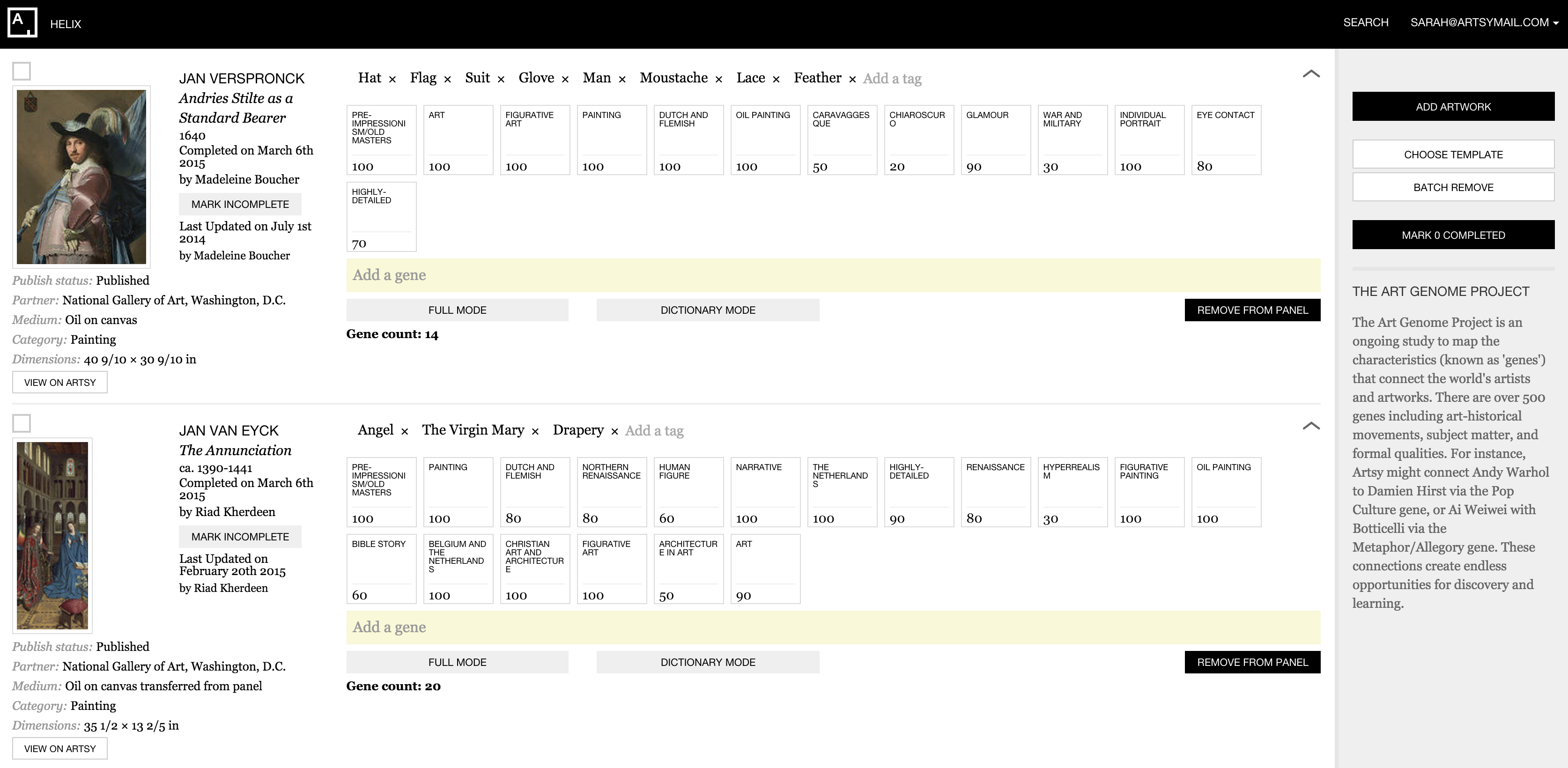It was 95 days ago, and I was sitting before of my computer in NYC. I loaded my terminal, opened TapTalk on my phone, tapped on my colleague Ash’s avatar and held my finger there. I paused, this moment was a long time, it was worth waiting. I switched the camera from my face to the screen with the terminal open.
This moment was probably the most nervous I had been in years. It showed git push origin master. I said “it’s
happening.” I hit return. A new era in the Artsy mobile team had started. A few minutes later, I wrote this tweet:
We have open source’d the @Artsy iOS app.
https://t.co/c1SWtHmUgy
🎉
— Ørta (@orta) January 22, 2015Let’s go over the process we went through to get to that point.




